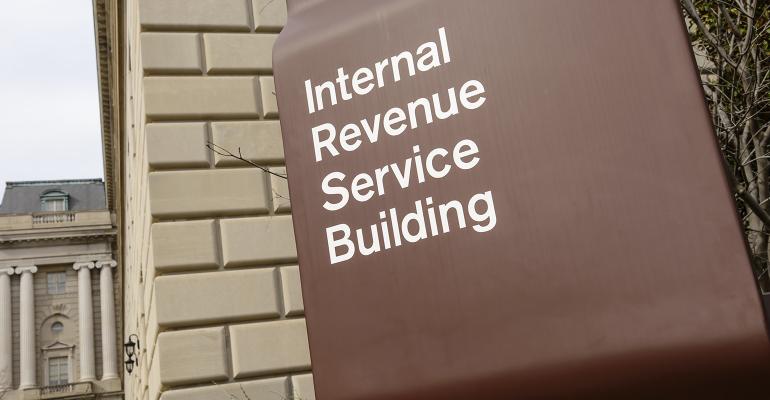To qualify for Internal Revenue Code Section 501(c)(3) tax-exempt status, organizations must ensure that, on dissolution, any remaining assets are distributed for exempt purposes, as opposed to benefiting individuals. Organizations can either establish a qualifying distribution plan in their controlling documents or rely on the operation of state law to meet federal requirements. An organization’s assets will be considered dedicated to an exempt purpose, if, on dissolution, such assets are distributed: (1) for one or more exempt purposes, (2) to the federal government, (3) to a state or local government, (4) for a public purpose, or (5) by a court to another organization for the dissolving organization’s general purposes.
The Internal Revenue Service reemphasized this crucial point in Revenue Procedure 2024-22. The previous guidelines, Rev. Proc. 82-2, were based on state law and provided a breakdown of the varying outcomes based on different state laws. However, as state laws changed, Rev. Proc. 82-2 was becoming outdated and unwieldy. The new revenue procedure revokes the prior guidelines, highlights the importance of compliance and provides resources for properly drafting controlling documents without all the state-by-state examples. If relying on applicable state law rather than creating a qualifying distribution plan, each organization must verify that the requirements are satisfied.





